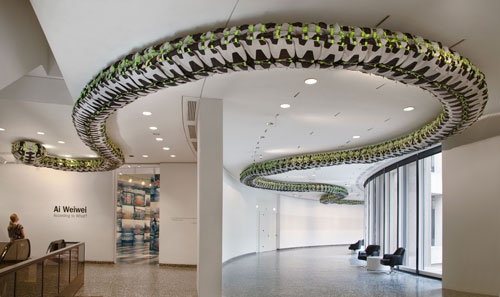Six years ago, I was left speechless after seeing one of the most prominent soccer players at that time ungraciously head-butt another player at the 2006 World Cup in Germany. Zinédine Zidane, who was captain of the French national soccer team, was ejected out of what he would later reveal to be the last game of his soccer career. But before this incident, Zidane was France’s pride and joy— he was the son of Algerian immigrants who chose to play for France and would later lead a multicultural French squad to their only World Cup win in 1998. However, just one moment later, all of Zidane’s achievements seemed to be all forgotten, and instead replaced by the memory of a disgraceful act.
It almost seemed that Zidane’s head-butt was the dawn of France’s downfall. After he was ejected, France would go on to lose the game and the title to Italy in extra time. In 2010 World Cup in South Africa, France’s national team was plagued by racial tensions and conflicts between players and coaches that culminated into a player walkout. A usual World Cup favorite, France did not even make it out of the group stage at South Africa. And now, to make matters worse, a French artist has created an 18-foot sculpture of Zidane’s famous moment, displayed in the Pompidou Center in Paris.

Recently in the New York Times, Scott Sayare covered the controversy regarding the new sculpture. Standing in the middle of the Pompidou Center’s courtyard, the sculpture enlarges the two players involved, Zidane and Marco Materazzi into two massive bronze figures. Adel Abdessemed, the creator of the sculpture, named it “Coup de Tête,” a double-entendre meaning head-butt or an impulsive decision. The sculpture is almost real life—the same pained and anguish face is chiseled onto Materazzi’s face and the same stern and angry Zidane as was what happened six years ago.
The sculpture has ignited heated controversy in French politics and society. Critics have said that the sculpture has added onto the ongoing racial tensions and class structure in France. In 1998, when Zidane led the team to their first World Cup victory, the squad composed of black, white, and Arab Frenchmen. It was their success that inspired racial unity in France. However, just a year prior to the incident, racial riots in the poorer neighborhoods of France had begun. The sculptures, critics say, adds on to the racial aggravation. Some have also claimed that the sculpture idolizes bad sportsmanship and “an ode to violence.”
In retaliation to the criticism of his art piece, Abdessemed, who holds both Algerian and French citizenship, said that his art pieces should not be looked at politically and is not a response to racial tensions. Abdessemed said that “[Zidane] expressed himself as a man,” and that is what his sculpture tries to embody.
In my opinion, I think that the sculpture should not be celebrating Zidane’s action. Although Zidane had good reason to head-butt Materazzi (Materazzi made some snide comments on Zidane’s sister), I think the sculpture embodies bad sportsmanship and should not be cherished. Adding on the racial and social problems that come along with the piece, I think it devalues the admirability of the sculpture and Zidane himself. Zidane was an exceptional player and arguably one of soccer’s greatest, and this sculpture does him not justice. However, I do think that it would be interesting to hear Zidane’s opinion on this sculpture and his reaction to it. Do you think we should be celebrating this moment in history as this piece of art? Do you think that this sends the wrong message? How do you think Zidane will react?
Article: http://artsbeat.blogs.nytimes.com/2012/10/12/the-art-of-soccer-sculpture-in-paris-captures-notorious-incident/?gwh=5A4849E01203128DC499F70514906A32#more-290624




